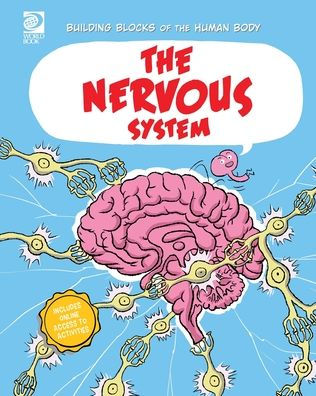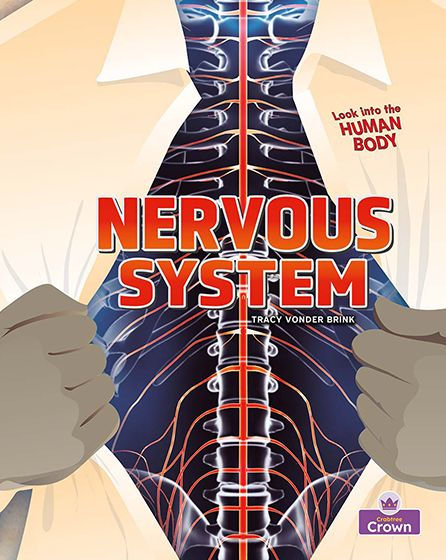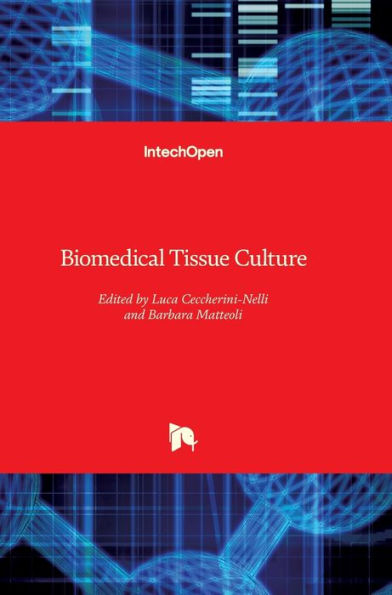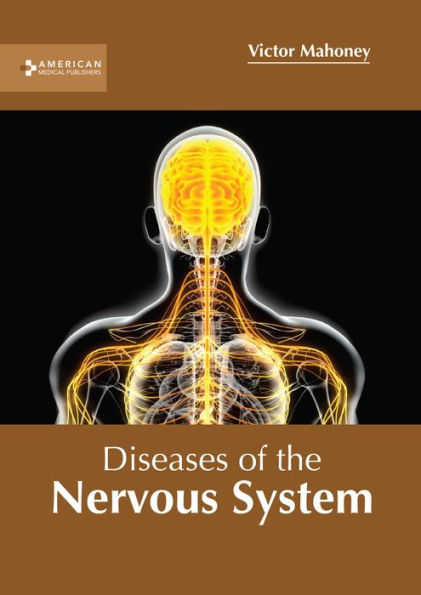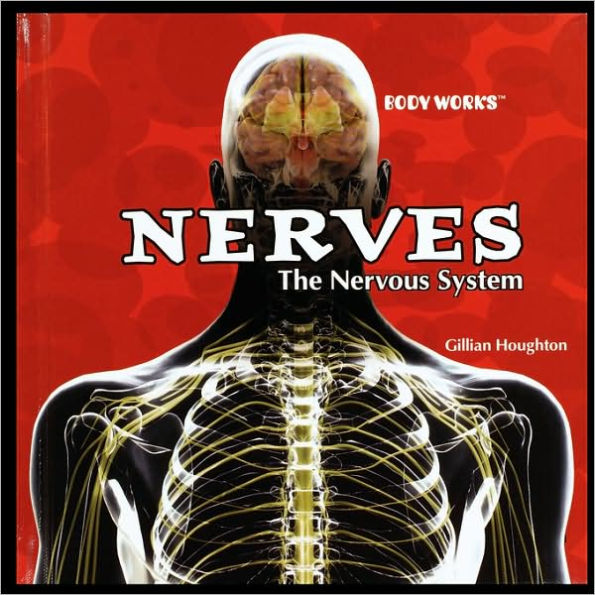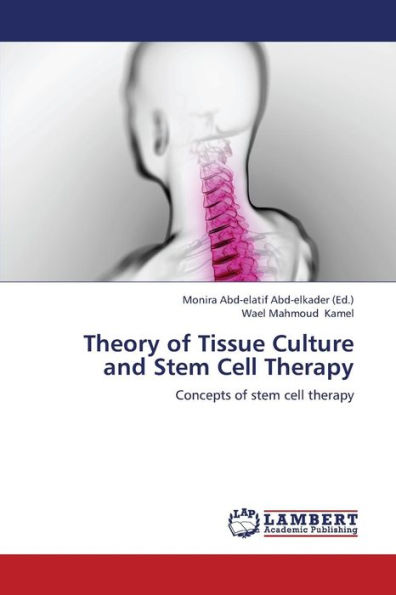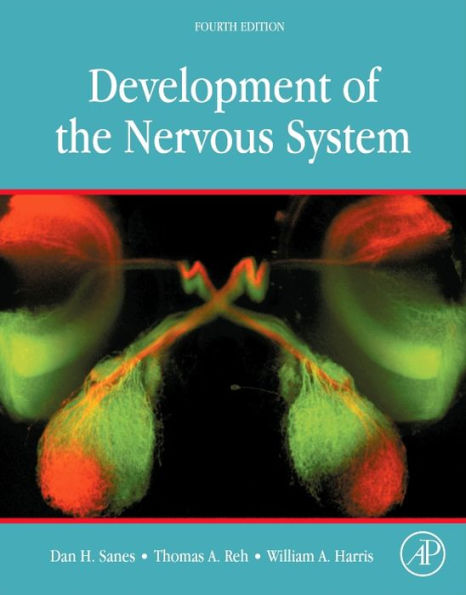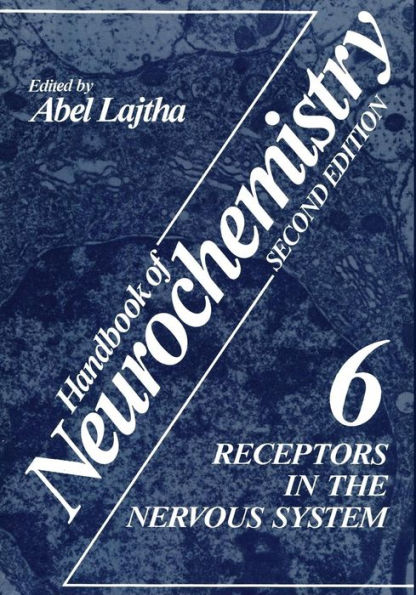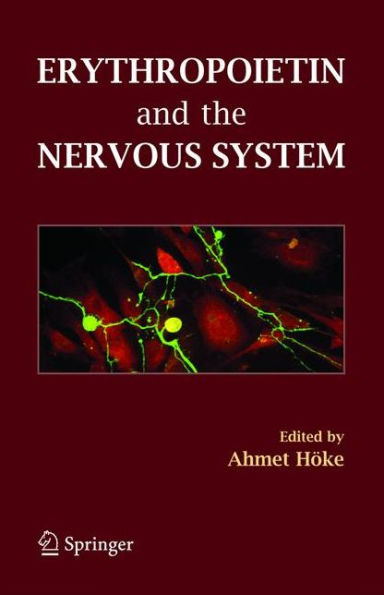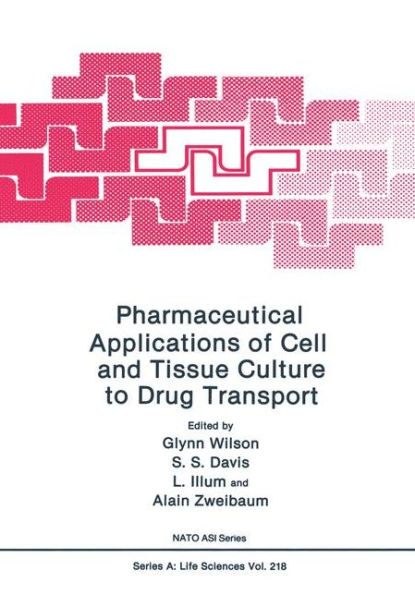Home
Tissue Culture of the Nervous System


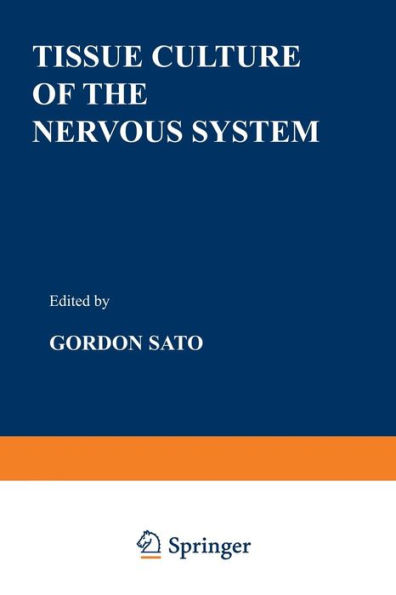
Tissue Culture of the Nervous System
Current price: $54.99
Loading Inventory...
Size: OS
The impetus for compiling this book was the recent development of culture strains of neuroblastoma and glial cells and the immediate and enthusiastic way they have been taken up as model systems. After the first sudden rush of activity, it seems appropriate to pause, to assess progress, and to contemplate the future contributions that may be possible using these culture techniques. Long before the advent of established strains, cultures of nervous tissue had already contributed to neurobiology. Ross Harrison, in 1906, in a single experimental series, established tissue culture as a promising new technique in cell biology and settled the Golgi-Cajal controversy as to whether axonic processes originated as outgrowths from the cell body or were formed first in the intercellular spaces and were later connected to the cell body. Harrison observed process growth from nerve cells in cultures, thus settling the matter in favor of Cajal. Of great importance to neurobiology is the discovery by Rita Levi-Montalcini of nerve growth factor. Cultures of spinal ganglia played a major role in the discovery, isolation, and characterization of the factor (Levi-Montalcini et ai. , 1954). In my opinion, this discovery, although very well known, has not yet been adequately recognized for its germinal influence on neurobiology and embryology. Progress since the advent of clonal cultures has been more modest. I would like to cite two pieces of work which emphasize the technical ad vantages of these cultures.
